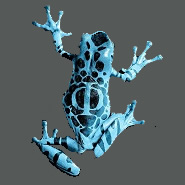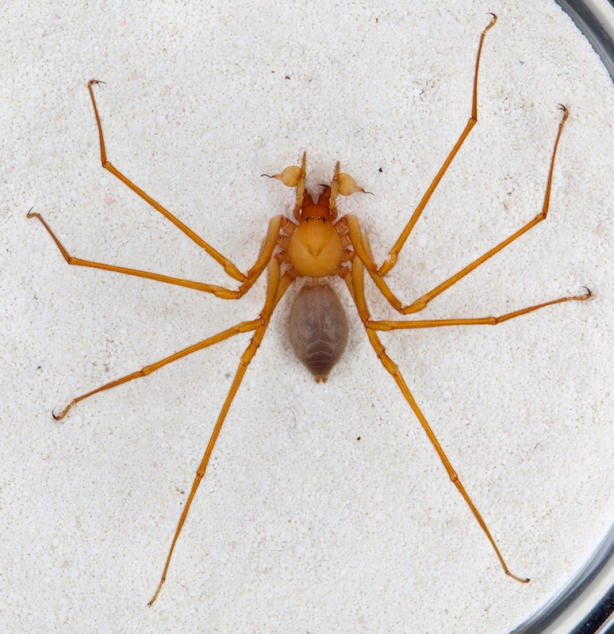
I think we all had an inkling that things like this are very real. It also carries some deep implications.
The observant will note that most animals are sentient beings. Self aware beings. All it takes is having a cat or a dog and spending any amount of time with them. If you watch birds you will note the same. Even the oft-denigrated rat. It just seems so obvious to me.
Many people feel that dolphins are endowed with a spiritual nature. Of this I have no doubt. It is known, for example, that dolphins have empathy, even for other species… we have all read stories of dolphins rescuing humans who are in great peril.
Humans have been interacting with dolphins for a long time. The US Navy, since the early 60s has been training and using dolphins (and sea lions) to mark and recover mines and assist in other underwater operations through it’s U.S. Navy Marine Mammal Program (NMMP). In view of the above realizations from this new research finding and knowing of their empathic nature, I have a lot of reservations about their use (abuse?) by our military in having them participate in any way in humanity’s greed-induced bloodshed. I wonder if they would help us if they knew the real purpose of such activities, because, although marking mines seems legit, I can not imagine the military sends them out solely on benign missions.
All in all, this finding shows dolphins are not only fully self-aware and wholly sentient but able to tell others about it. And probably not just other dolphins, either. Think whales, sea lions, etc. As such, they are quite obviously on par with homo sapiens sapiens; and since they have had 50 million years of evolution under their belts, compared to our 250,000, they must be far in advance of our developmental level.
Noted are some recent rumblings related to giving dolphins the same rights as people. I agree! But governments are unlikely to adopt the measure as it would likely economically and legally affect fishing operations adversely. There’s that greed based culture we all suffer within for ya.
Thousands upon thousands of dolphins die in fishing nets. This is because they can’t see them. Dolphins use sonar and sound to see in a similay way to our use of light to see. The nets do not reflect their sound beams, as they are, well, nets. Hence they get caught unawares. It is tragic.
Perhaps a way around it could be if nets could be re-engineered and redesigned to allow enough reflectance so that the dolphins could see them… things would be alright for all concerned.
Anyway…
Some data on this research…
Via ATS member Nicolas Flamel in this thread:
It looks like dolphins have names for each other and when first meeting other dolphins will introduce themselves and ask them to come play.
When meeting strangers in the wild, dolphins whistle signature tunes that may be the animal equivalent of “Hello, my name is…” stickers.
These introductions include other information as well:
‘I’m so-and-so, and I’m interested in making contact in a friendly way, I’m not attacking,'” said study researcher Vincent Janik, an expert in animal communication at the University of St. Andrews in Scotland.
Janik calls these names “signature whistles” and he claims only humans and dolphins have personal “names” used to identify each other.
Non-human social primates do have identification calls however, so that other primates know who is calling. Janik says this is not the same as having names:
Social primates know each other from the sounds of their voices, but they don’t create signature identification calls. Dolphins, on the other hand, start developing their own whistles at just a few months of age.
Regardless, this does raise the bar on the self-awareness and intelligence of dolphins.
Source: Dolphin’s Unique Whistles Say, ‘Hey! Come Play!’ at livescience.com.
Here’s some information about the author of the study:
Dr. Vincent Janik is a member of the Sea Mammal Research Unit and the Centre for Social Learning and Cognitive Evolution (SLACE) at the University of St Andrews in Scotland.
Besides getting his PhD, he also did some work with the Woods Hole Oceanographic Institution, USA (whose members included Robert Ballard, discoverer of the Titanic). He’s also a Royal Society University Research Fellow (like Isaac Newton and Stephen Hawking among others).
biology.st-andrews.ac.uk…
His work with dolphins is ongoing:
Janik and his colleagues are now studying how the dolphins develop their personalized whistles. They’re also investigating the hypothesis that the whistles act as a dolphin’s name by recording wild dolphins’ signature whistles and playing them back to the animals.
www.livescience.com…
some dolphins already work for the U.S. Navy to help detect sea mines for example. I wonder how much they get paid?
science.howstuffworks.com…
Bottlenose dolphins have their own undersea weapons. They use echolocation, which is like active sonar, to not only locate or identify fish but also stun them with a sonic boom.
Indeed.
Oh, as a matter of interest, in searching for a picture for this thread, I ran across this fascinating piece: Translation technology may let humans speak with dolphins at a site called Digital Trends. Heres a taste:
Researchers have begun to create a new technology that could soon allow humans and dolphins to talk to each other.
Dolphins have long been considered by scientists to be the most intelligent animals on the planet (aside from humans, of course). But soon, with the help of newly developed underwater translation software, our two species may actually be able to talk to each other.
Armed with a waterproof computer, divers may soon be able to decipher the chirps of dolphins, then create and project an appropriate response, all in real time, reports New Scientist.
Dubbed Cetacean Hearing and Telemetry (CHAT), the project is being undertaken by Denise Herzing, founder of the Wild Dolphin Project, and Thad Starner, an artificial intelligence researcher at the Georgia Institute of Technology in Atlanta. The end-goal of the CHAT program is to “co-create” a language that uses the natural sounds of wild dolphins, which can then be employed to talk with our finned brethren.
Humans have been able to communicate with dolphins since the 1960′s. Studies have shown that dolphins can learn up to about 100 human words, and be able to decipher the difference between similar commands, like “bring the surfboard to the man” and “bring the man to the surfboard.” […]
What astounding things will they clue us in on? All about USOs, maybe?
Personally, to reiterate what I said above, I am of the opinion that they are, oh, just a tad smarter than us…
Peace.




















































 What’s All This, Then? is copyright © 2009 to the present by Ignatius F Makarevich - All rights reserved worldwide.
What’s All This, Then? is copyright © 2009 to the present by Ignatius F Makarevich - All rights reserved worldwide.


